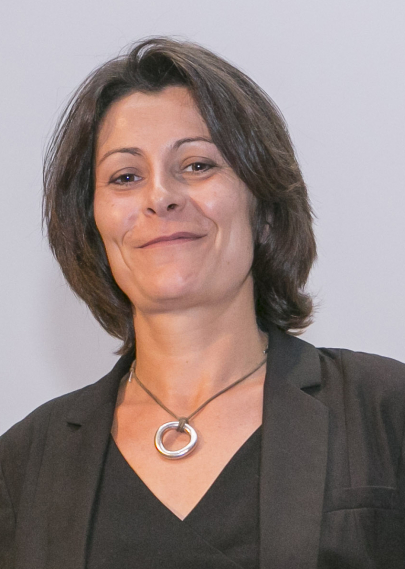Catherine LavazecInstitut Cochin - Inserm / CNRS / Université Paris Descartes
Mes recherches
I have a long-term research interest in understanding the biology of malaria parasites and the mechanisms of Plasmodium transmission. During my PhD (2000-2004) and post-doctoral work at Institut Pasteur and Cornell University, I identified a target for a Plasmodium transmission-blocking vaccine based on a mosquito antigen and I contributed to the characterization of several Plasmodium proteins families involved in parasite transmission. In 2012, I have been recruited by CNRS to develop my own independent research focused on the biomechanical properties of erythrocytes infected with Plasmodium falciparum transmission stages. I obtained an ATIP-Avenir grant in 2013 and from January 2014, I head a team at Institut Cochin where we explore the interactions between the malaria parasite transmission stages and their human host. Our results led to propose a new model for sequestration and circulation of malaria parasites in the human host, and a novel approach to block their transmission to mosquitoes. Our team is now leader in the field of Plasmodium transmission biology and of nanomechanics applied to Plasmodium-infected erythrocytes. The team is member of the labex Gr-Ex and ParaFrap, and has been labelled “Equipe FRM” in 2017.
Mon projet ATIP-Avenir
Unravelling the role of erythrocyte deformability in Plasmosium falciparum transmission
Achievement of malaria elimination requires development of novel strategies targeting the parasite sexual stages (gametocytes) to interfere with parasite transmission. Plasmodium falciparum immature gametocytes sequester in the bone marrow, and appear only as mature stages in the peripheral blood, available for mosquitoes. Mechanisms underlying gametocyte-infected erythrocytes (GIE) sequestration and release in circulation are virtually unknown. We have recently shown that mature GIE are more deformable than immature stages, and that this switch in cellular deformability is accompanied by changes in localization of the parasite proteins STEVOR in the erythrocyte. Thus, I propose that sequestration of immature GIE is mediated by mechanical retention and that a STEVOR-mediated switch in cellular deformability is associated to release of mature GIE in the bloodstream. These processes might represent novel and unconventional targets for interference with parasite transmission. The main objectives of this proposal are to decipher mechanisms mediating gametocytes sequestration and release into the bloodstream, and to establish that these mechanisms may be new targets to block malaria parasite transmission.
